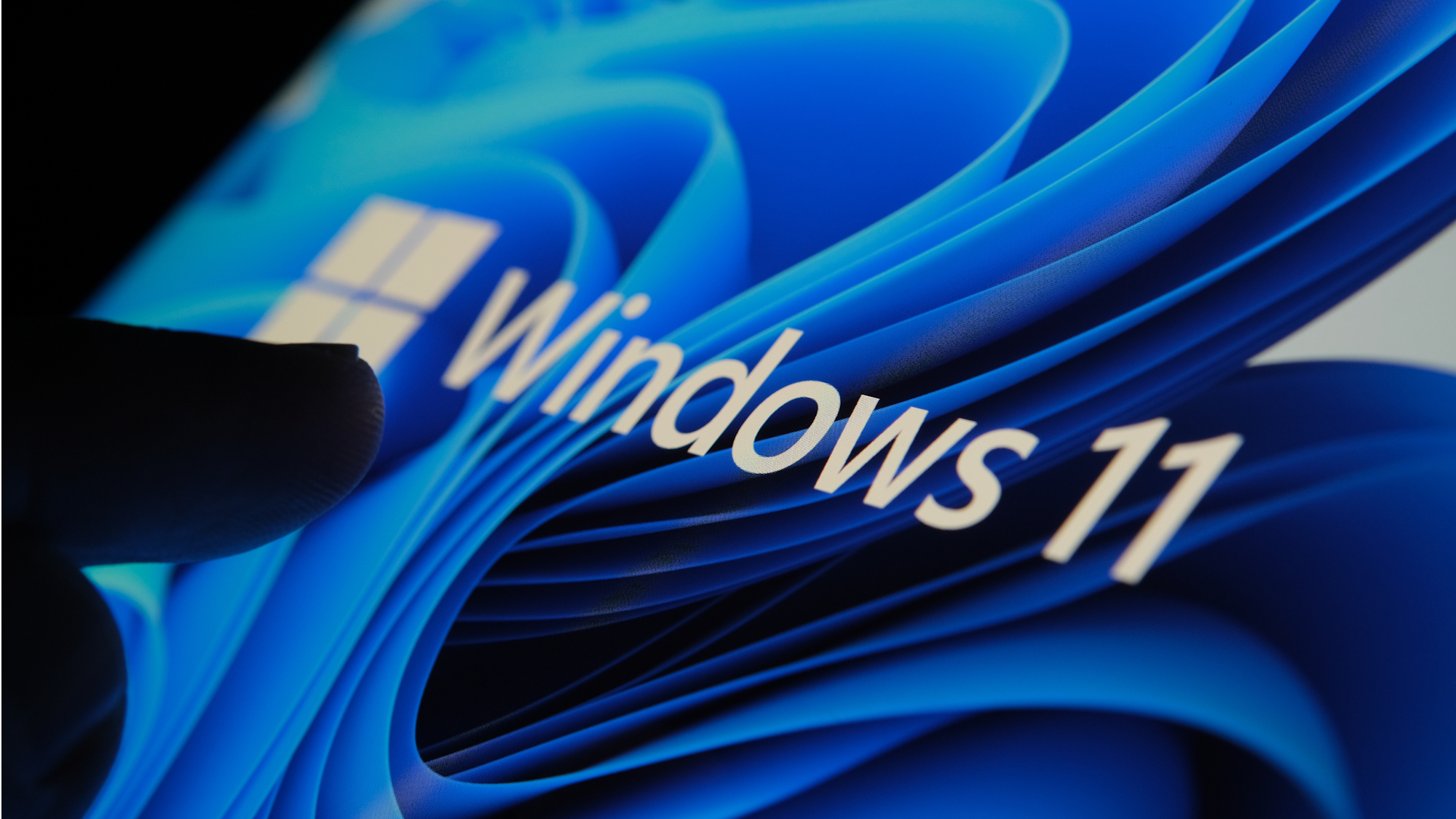
Delving into the Windows Registry: Configuration, Customization, and Precautionary Measures
Understanding the Registry’s Role
The Windows Registry, often referred to simply as the registry, serves as a central database for configuration settings in Windows and various applications. Every time an adjustment is made via settings, the corresponding value in the registry is affected. However, the registry also contains numerous values that lack direct equivalents in user-friendly configuration tools.
For many tech-savvy Windows users, modifying certain registry settings has become a habitual practice upon installing a new Windows system. Other adjustments are made periodically, such as altering the desktop design for visual variety or optimizing the system for specific tasks.
Locating and Modifying Registry Values
While the "Settings" app provides a convenient interface for accessing many options, it can still be a tedious process to configure everything as desired. Additionally, navigating through subcategories and tabs can be cumbersome.
To address this challenge, the Windows Registry Editor provides a dedicated tool for managing registry values. To launch the editor, press the Win-R key combination and type "regedit" into the dialog box, followed by "OK."
The Registry Editor presents a hierarchical view of the registry, displaying its contents in a tree-like structure. The five main branches are:
- HKEY_CURRENT_USER: Contains user-specific configuration settings
- HKEY_LOCAL_MACHINE: Stores global system settings
To add a new key or value, right-click on the desired location and select "New" from the context menu. It’s crucial to select the correct data type for the new entry, as many settings are dependent on specific types.
To modify an existing registry value, select the key containing it on the left-hand side and double-click the corresponding value on the right-hand side. This will open an editor where you can make changes to the data.
Creating a Registry Backup
To ensure data integrity and facilitate recovery in case of any issues, creating a complete backup of the registry is highly recommended. The Registry Backup Portable tool is a convenient utility for this purpose.
- Download and install Registry Backup Portable.
- Go to "Settings" and specify a storage location for the backup.
- If the tool encounters any issues, consult the "Help & Support" section for troubleshooting instructions.
- In the "Backup Registry" tab, click "Backup Now."
Restoring the Registry
In the event of a problem, restoring the registry from a backup is a straightforward process using Registry Backup Portable.
- Restart Registry Backup.
- Go to the "Restore Registry" tab.
- Select the desired backup from the drop-down list.
- Click "Restore Now."
- Restart Windows.
Identifying Corresponding Registry Values
To determine which registry value is associated with a particular setting, refer to online resources or use the Process Monitor from Microsoft Sysinternals.
- Start Process Monitor and select "Operation" and "is."
- Enter "RegSetValue" or select it from the list.
- Click "Add."
- Set the filter to "begins with" and "HKCU" for "Path."
- Start recording and make the desired setting change.
- Stop recording using Ctrl-E.
- Identify the corresponding registry key and value from the log.
Uncovering Hidden Settings and Security Implications
A freshly installed Windows system is configured in a way that Microsoft deems suitable for most users. However, certain settings may be redundant for experienced users and even pose security risks for less experienced ones.
Displaying File Name Extensions
One example of a hidden setting is the non-display of file name extensions in Windows Explorer. While Windows uses extensions to identify file types and associated applications, Windows Explorer defaults to showing a description in the "Type" column.
To improve clarity and ease of file identification, go to "View" in Windows Explorer and select "File name extension" under "Show." This will make it easier to assign file name extensions and avoid potential security risks.
Enhanced Registry Management Tools
While the Windows Registry Editor is adequate for basic tasks, it lacks many convenient features. Third-party registry editors fill this gap, providing additional functionality and enhanced user experience.
Regcool
Regcool offers an advanced registry editor with features such as:
- Quick search
- Bookmarks
- Registry key comparison
- Registry backup
Regshot
Regshot creates snapshots of the registry, enabling comparisons to identify changes over time.
Registry Finder
Registry Finder features a fast search and stores results in tabs. Bookmarks can be enriched with descriptions, categories, and tags.
Reg Ownership Ex
Reg Ownership Ex allows for changing access rights in the registry.
Protecting User Choices from Unauthorized Modifications
Microsoft has implemented measures to prevent unauthorized changes to registry values that affect user choices, such as the default browser or PDF reader. This User Choice Protection Driver (UCPD) prohibits write access to these values.
However, methods exist to bypass this protection, such as using batch files and PowerShell scripts.
Preserving Privacy by Controlling Data Transmission
Windows collects diagnostic data (telemetry) and transmits it to Microsoft. While this data can be useful for error detection and system improvements, it also raises privacy concerns.
Specialized tools like O&O Shutup10 and W10Privacy provide convenient ways to control data transmission by modifying registry settings.
Conclusion
The Windows Registry is a critical component of the operating system, providing a central repository for configuration settings. By understanding how to navigate and modify the registry, users can customize their systems and improve security. However, it’s important to exercise caution when making changes to avoid potential issues. The use of registry backup tools and third-party editors can enhance the experience and provide additional protection against misconfigurations.
